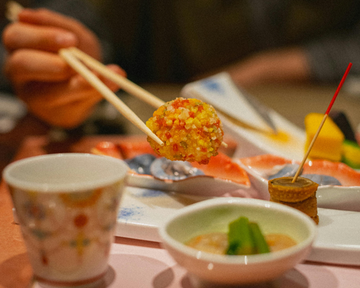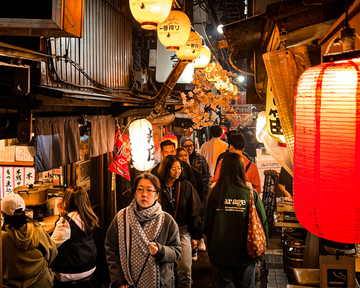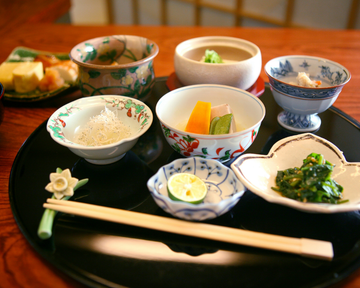Soy Sauce (Shoyu)
The cornerstone of Japanese cooking, soy sauce is far more nuanced than many realise. It's crucial to understand that Japanese soy sauce and Chinese soy sauce are quite different products, despite both being made from fermented soybeans.
Japanese vs Chinese Soy Sauce - Key Differences
Japanese soy sauce (shoyu) typically contains a higher proportion of wheat to soybeans—often a 50/50 ratio—which creates a smoother, slightly sweeter, and more complex flavour profile. The fermentation process is generally longer and more carefully controlled, resulting in a more refined taste with less sharp saltiness.
Chinese soy sauce, by contrast, contains little to no wheat (mostly or entirely soybeans), giving it a more straightforward, intensely salty, and somewhat harsher flavour. Chinese cooking uses two main types: light (thin) soy sauce for seasoning and dark (thick) soy sauce that's aged longer and often contains molasses for colour and sweetness.
The colour also differs—Japanese soy sauce tends to be a clear, reddish-brown, whilst Chinese dark soy sauce is nearly black and quite viscous. For Japanese recipes, you really do need Japanese-style soy sauce; Chinese varieties will give you the wrong flavour balance entirely. That said, for Chinese dishes, do use Chinese soy sauce—they're not interchangeable.
In the UK, if you see Kikkoman or brands explicitly labelled "Japanese soy sauce" or "shoyu," you're on the right track. Chinese brands like Pearl River Bridge or Lee Kum Kee are excellent for Chinese cooking, but won't give authentic results in Japanese dishes.




